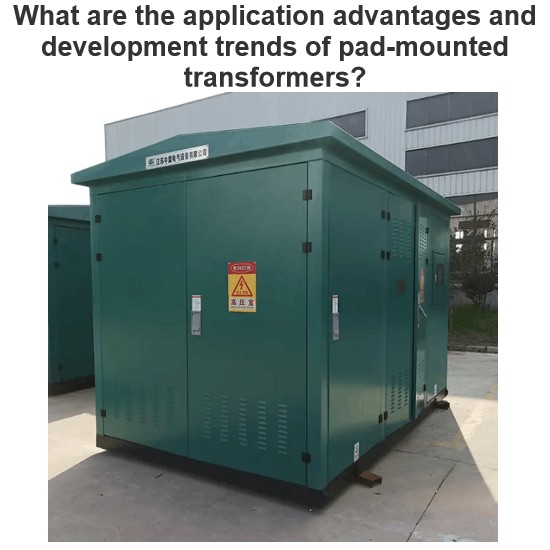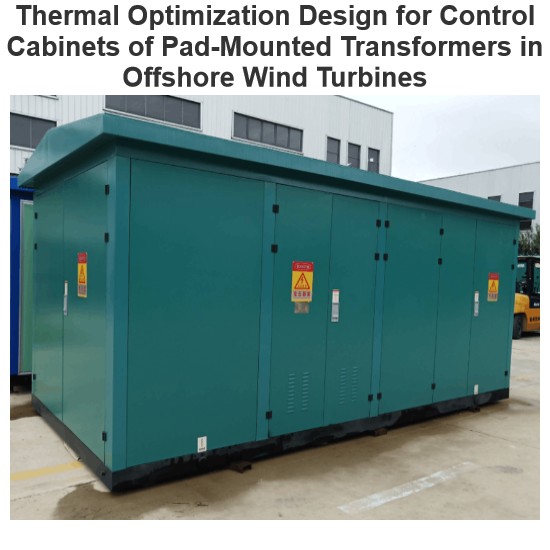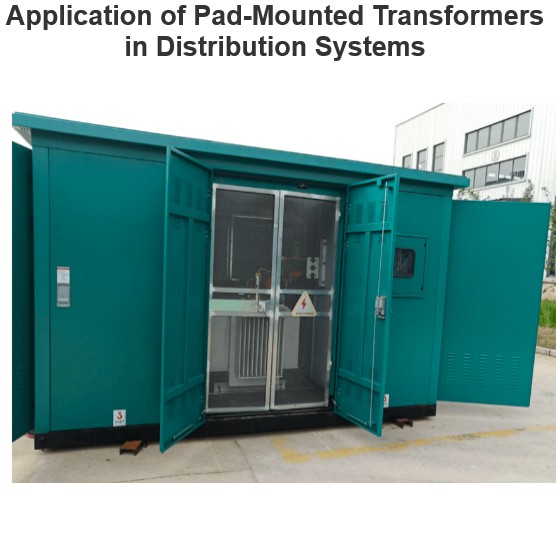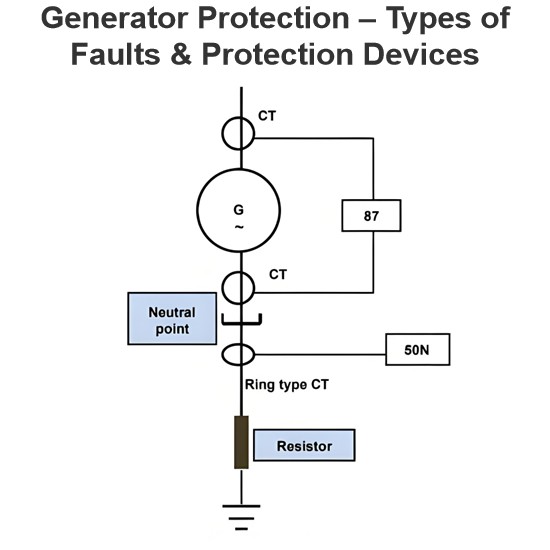What is a Distribution Transformer?
What is a Distribution Transformer?
Distribution Transformer Definition
A distribution transformer is defined as a step-down transformer used to distribute electric power efficiently to consumers.
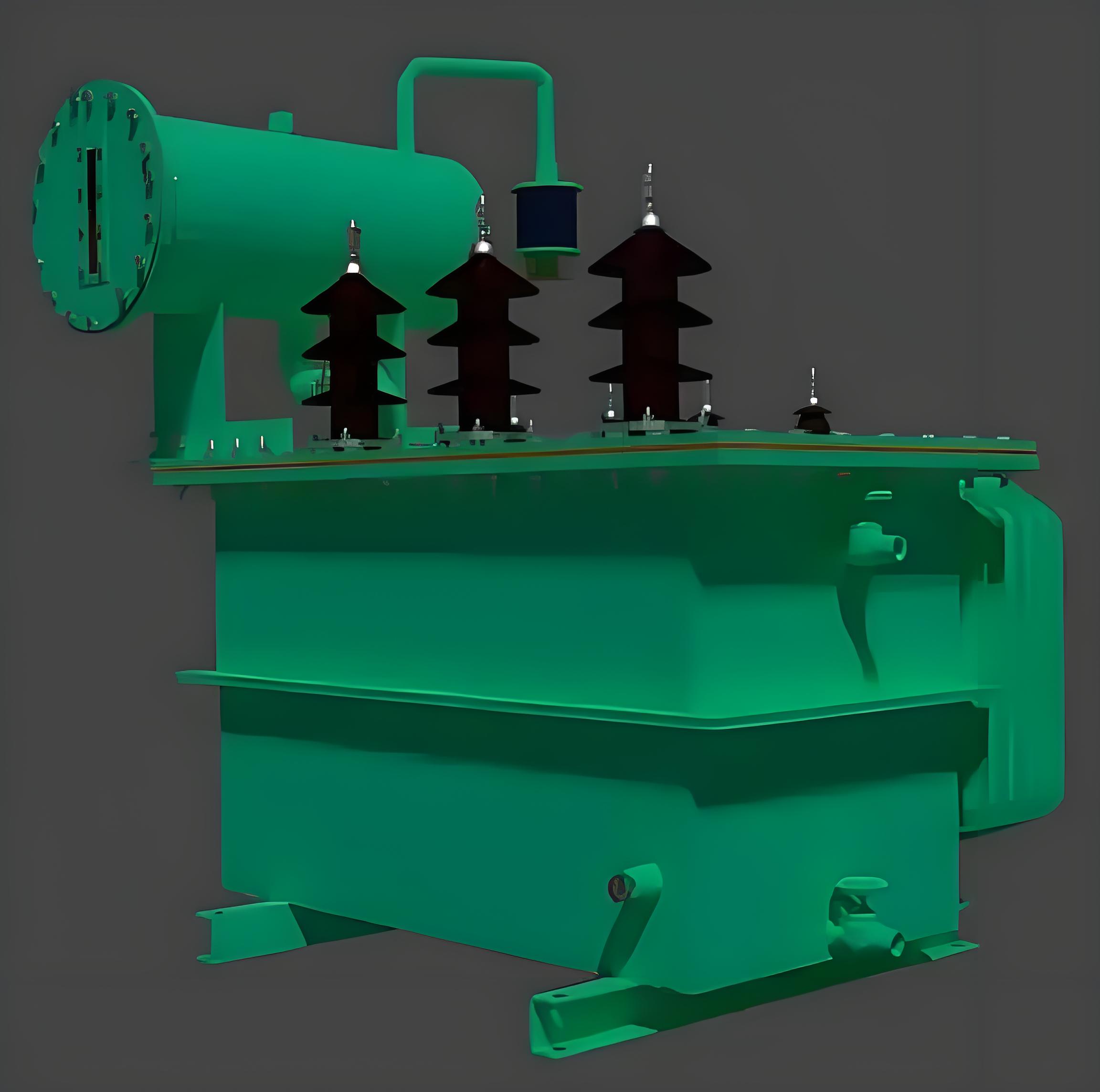
Types of Distribution Transformers
These include single phase, three phase, pole mounted, pad mounted, and underground transformers, each serving different purposes.
Secondary Terminals
Deliver electrical power to consumers and are connected through a fuse unit for protection against faults.
All Day Efficiency of Transformer
This efficiency is the ratio of total energy delivered to the energy fed over 24 hours, considering the varying loads throughout the day.

Losses in Transformers
Transformers experience iron losses (constant) and copper losses (varying with load), impacting overall efficiency.
The Electricity Encyclopedia is dedicated to accelerating the dissemination and application of electricity knowledge and adding impetus to the development and innovation of the electricity industry.
